Setting off from the WAAF site on Saturday's
trip out. The day would be spent with the convoy changing order and numbers by
accident or by chance. Neil took the lead, then Derek and Andy, Chris and me at
the back. For day two, I changed Jessie to Flying Control and put the
checkered roof back on. This would make me more visible at the back of the
convoy on the A1.
|
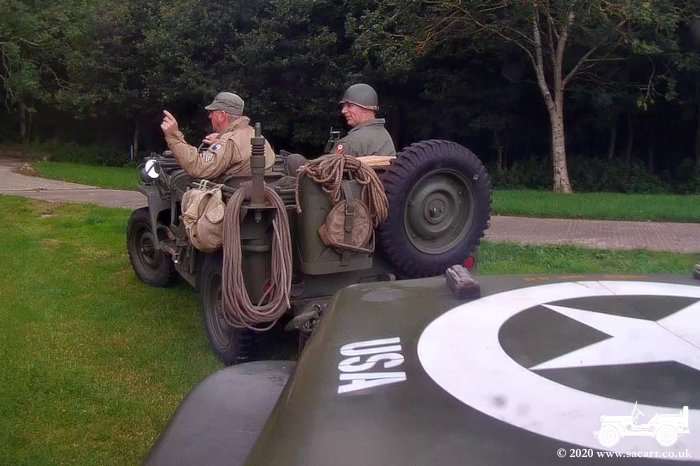
|

|

|
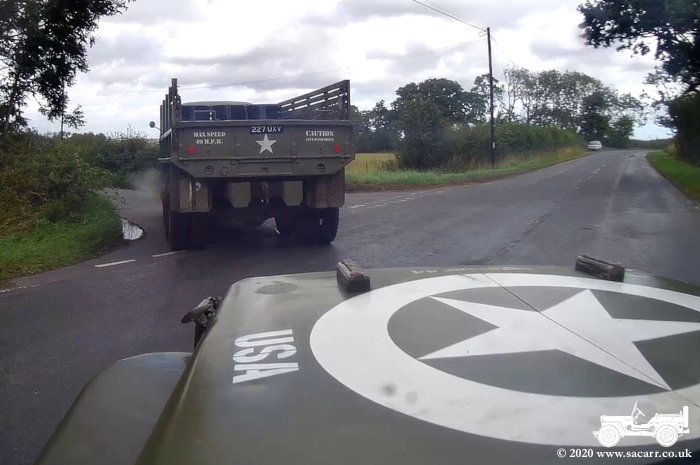
|
We stopped near a bridge where there had been a "Beehive" pillbox, but it turned out that it had been removed.
|
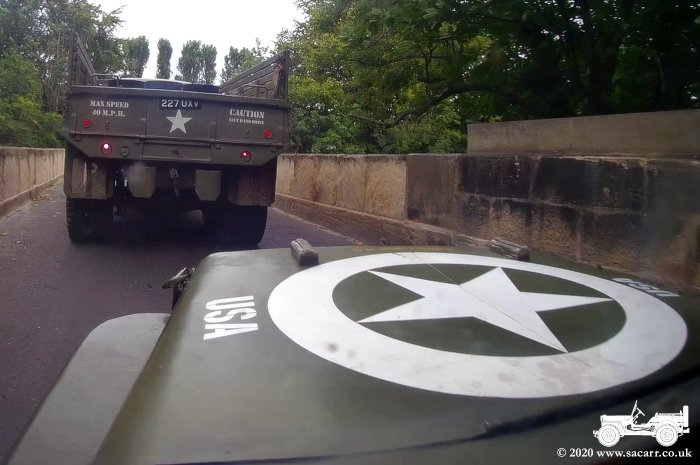
|
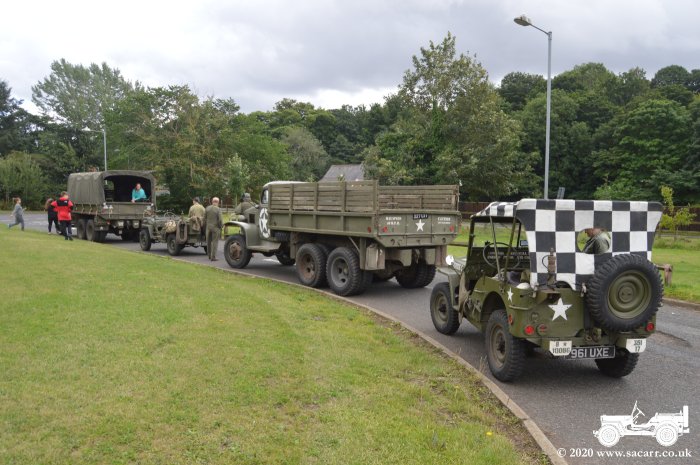
|

|

|
The A1 was crawling along from the point where we joined it at Morpeth, all the way to Eshott Airfield.
Eventually we got to Eshott, parked up and had a coffee.
|

|

|
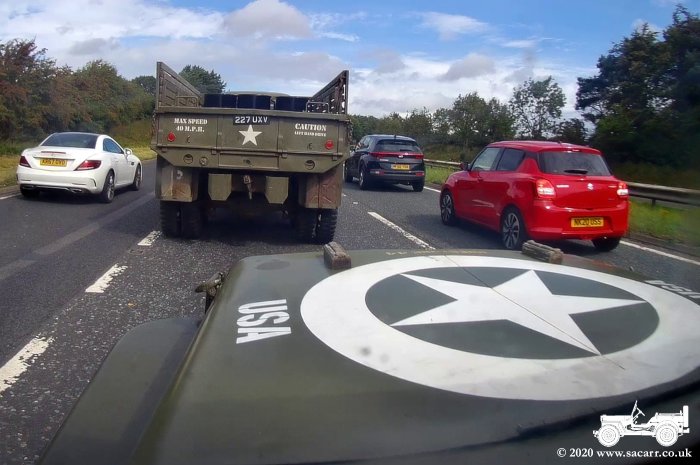
|
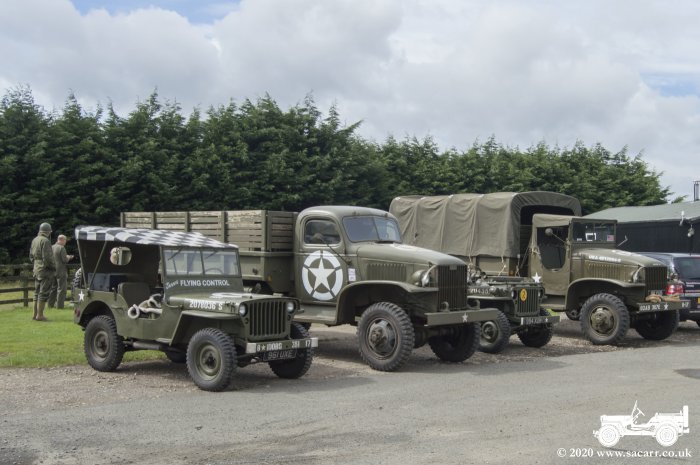
|
|
|
|
RAF Eshott was built in 1942 and opened in
November that year. It was the home of 57 OTU flying Spitfires, although Miles
Masters, Martinets, Magisters, an Oxford, Dominie and Tiger Moth were also on
station strength. Around 2,000 personnel were stationed there. Spitfire
training continued at Eshott until August 1944 when the unit was transferred
to RAF Boulmer. The airfield was then on Care and Maintenance and finally sold
off in 1948. In the early 1990's, the airfield reopened for light aircraft and
flex-wing operations, once again being used for training.
|
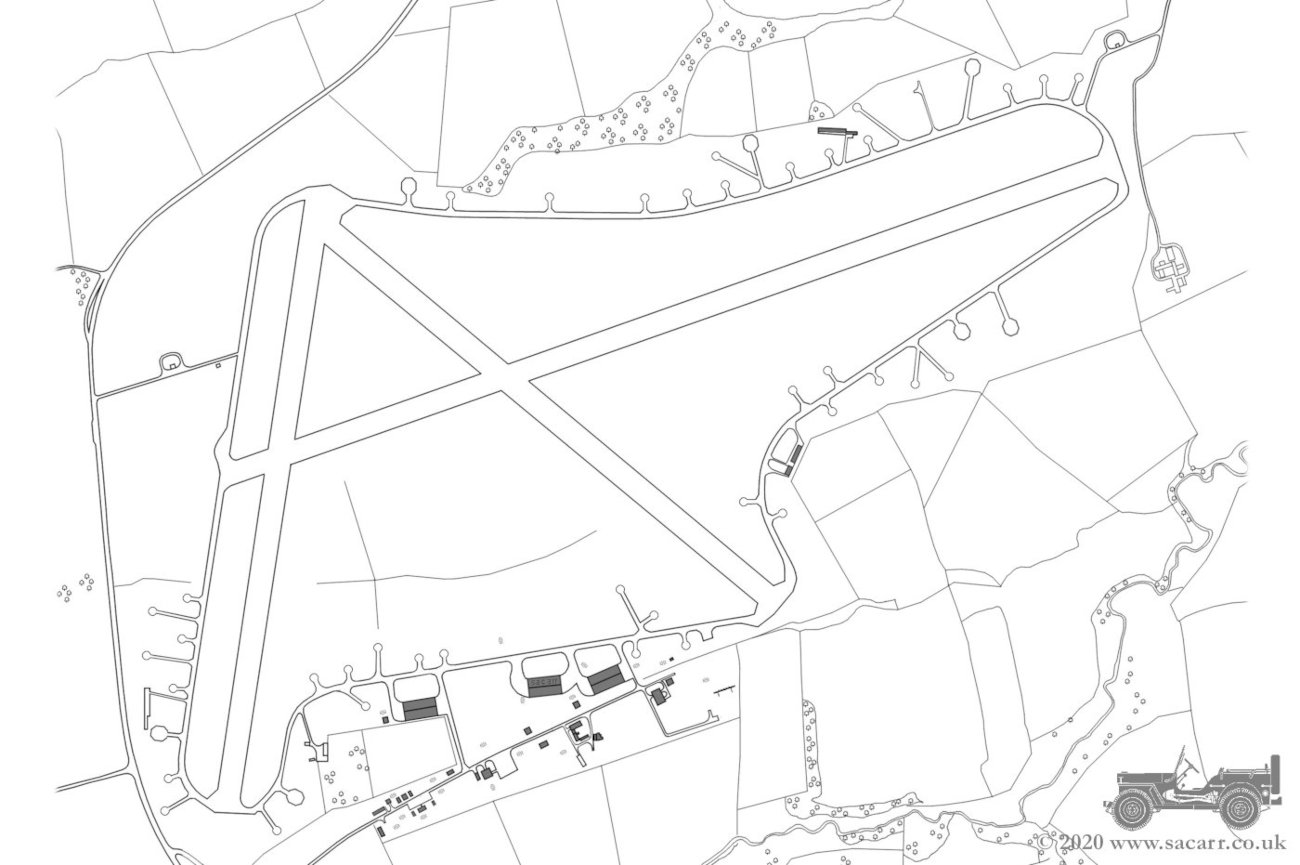
|
The owners had suggested a photoshoot with some aircraft and a drive down the runway, but once we were there, the aircraft were all in bits and not able to be
moved. We had a bit of a look around, but didn't get the chance to see any of
the old buildings or parts of the airfield. There was nothing much going on so
we left and headed for the coast.
|
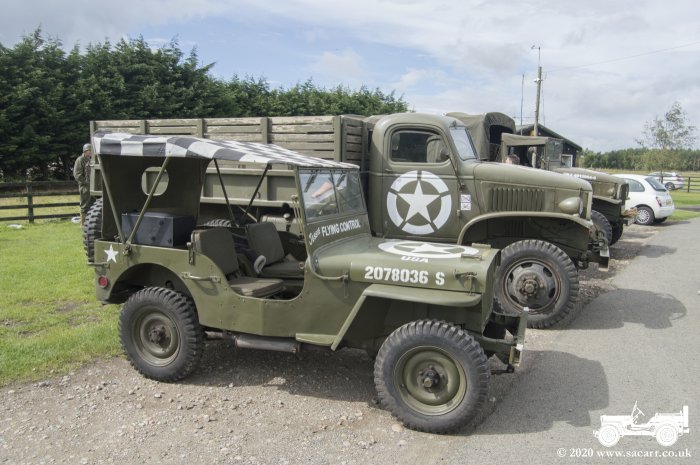
|
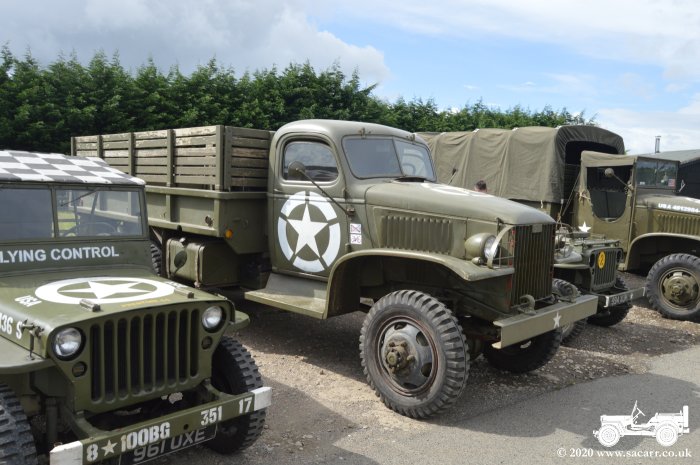
|

|

|
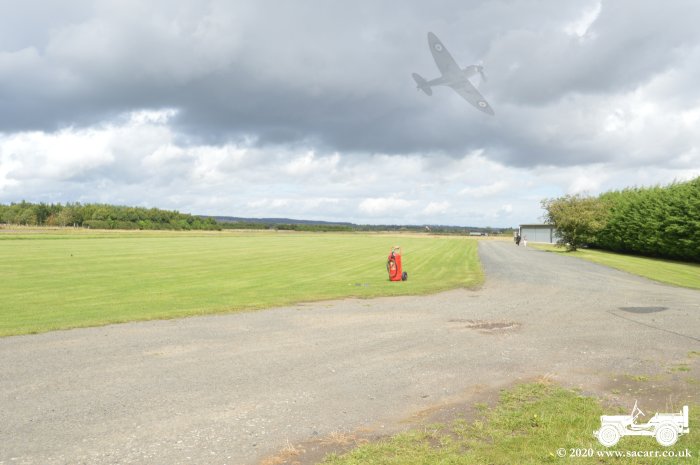
|
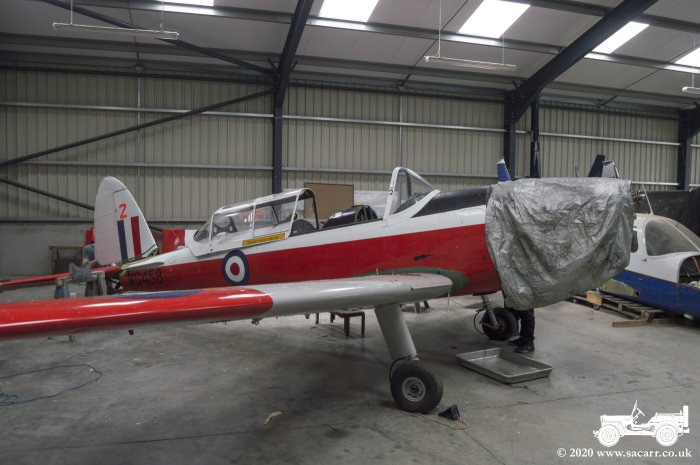
|
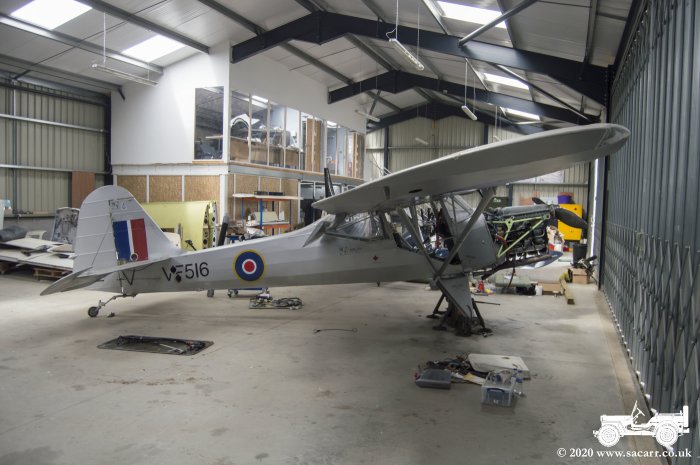
|
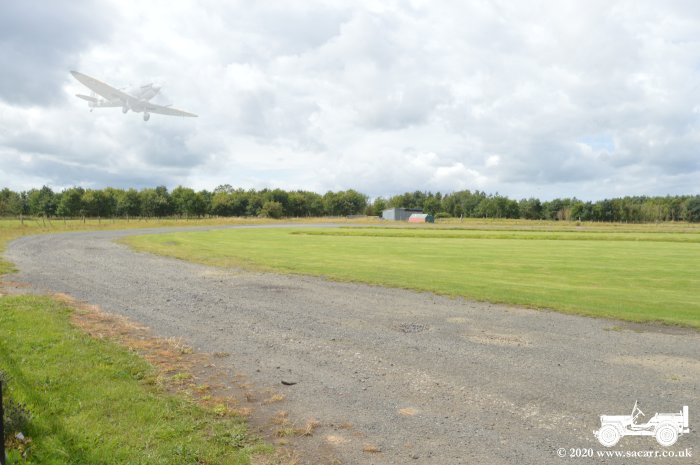
|
Getting out of the junction onto a busy A1 was virtually impossible. In the end, we sent Derek and Andy around the loop road to a point further North on the A1. They managed to get the Jeep out and then drove slowly to block the traffic, allowing the rest of the convoy to pull out.
|
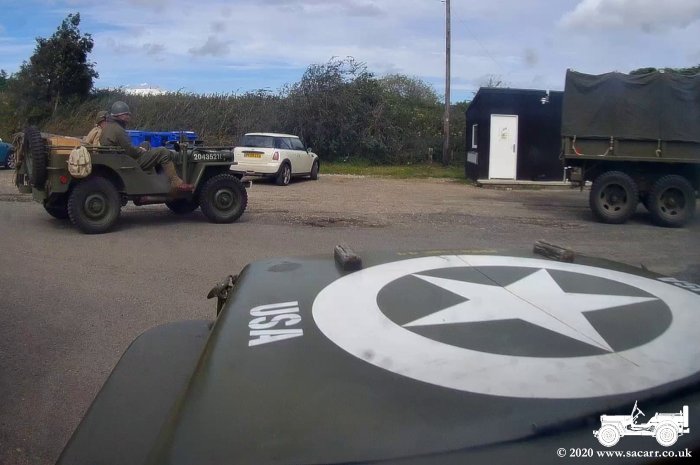
|

|

|
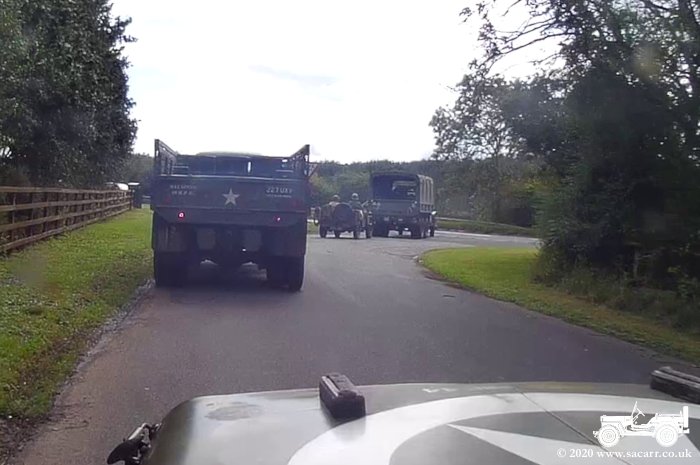
|
From Eshott, we drove to Druridge Bay to the park at Ladyburn Lake, but it was really busy. Since we couldn't find anywhere to park, we continued South a few miles before turning for the coast. At this point, the convoy was quite spread out, mixed with other traffic due to a difficult junction to get out from a couple of miles back.
|

|
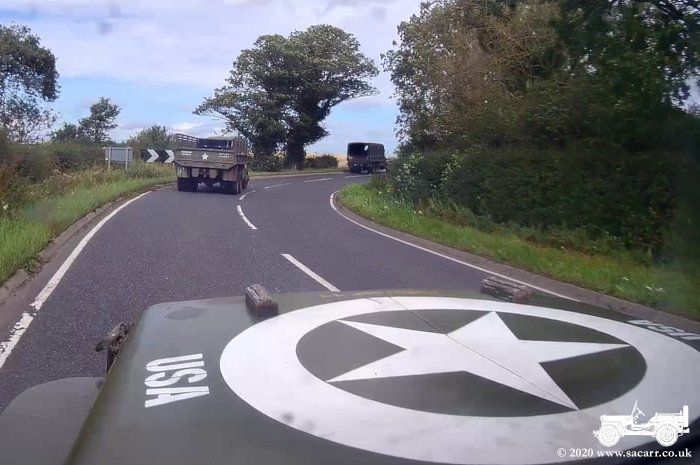
|

|
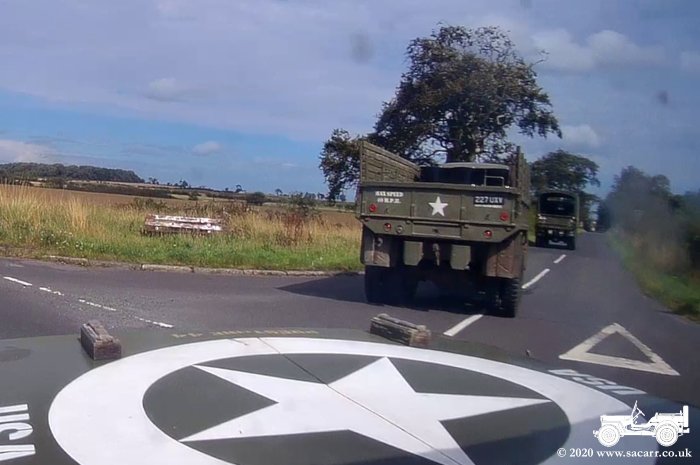
|
This resulted in Chris not spotting where Neil turned left at a roundabout, loosing us, after which he just returned to the camp site. We parked up for a little while on the sea front road, behind the dunes at Dunbar burn.
|
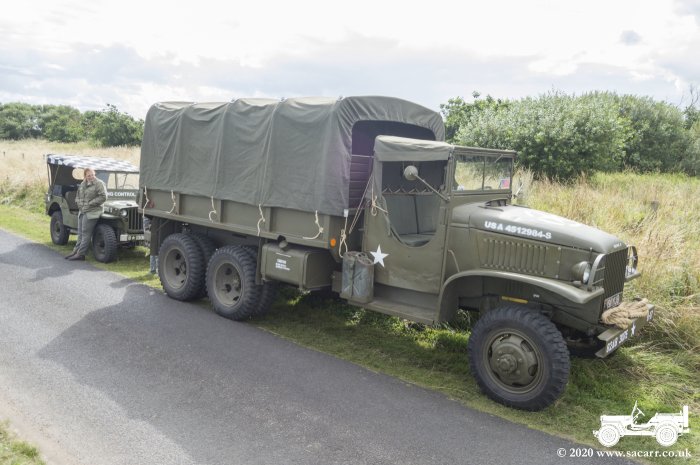
|
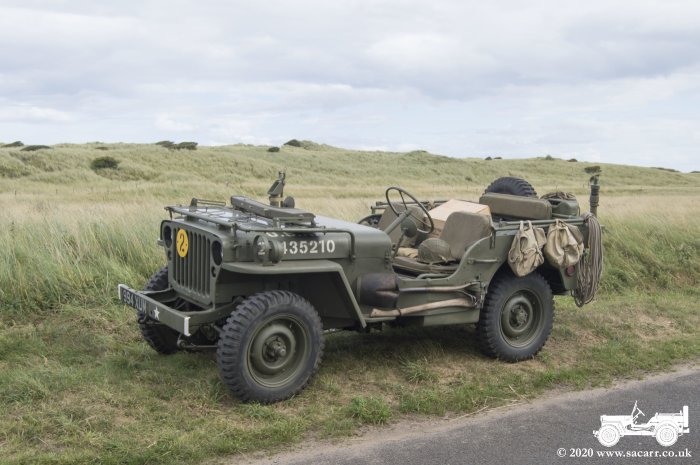
|
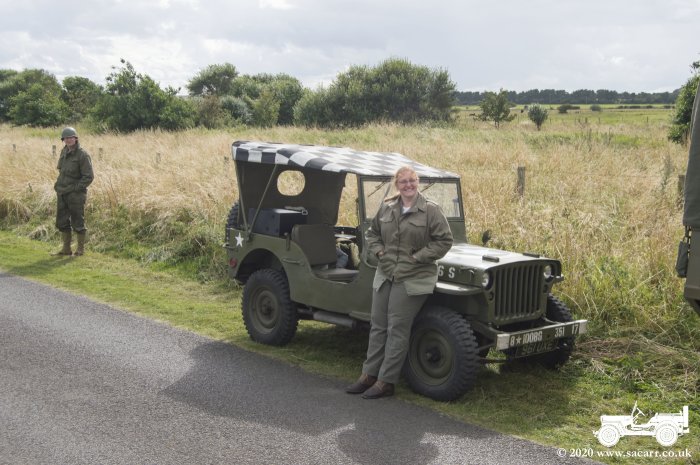
|

|
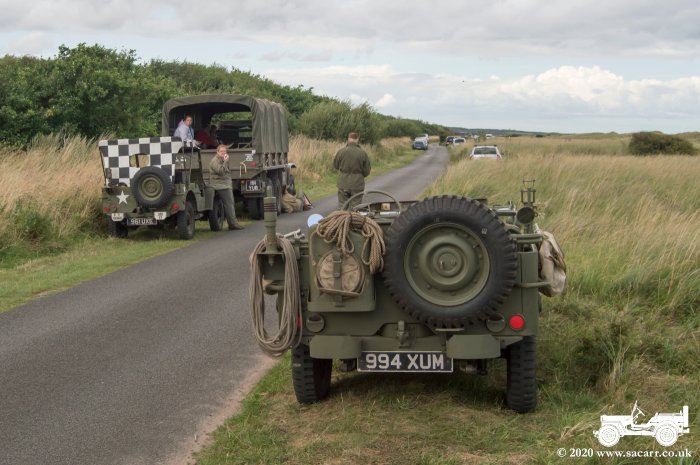
|

|

|

|
The remaining Jeep and GMC headed back to camp at this point, but we headed for Ashington, to visit a Royal Flying Corps Station near by. The site had been opencast mined around 2015, but had been returned to a grass field after the mining had finished.
|

|
A concrete building had survived the mining, presumably since it wasn't worth the effort to remove it. This had been the WW1 bomb store for RFC Ashington. 'C' Flight of 36 Squadron had been based there, flying the BE2, FE2b and DH6 biplanes. The hangars would most likely have been canvas covered structures, possibly the Bessonneau hangar, with wooden workshops and other support buildings close by. Based on the layout of nearby RFC Cramlington, for which I have photos and a plan, the camp buildings may have been on the other side of the road.
In the last picture, I've overlaid some hangars to give a feel of what it may
have been like.
|
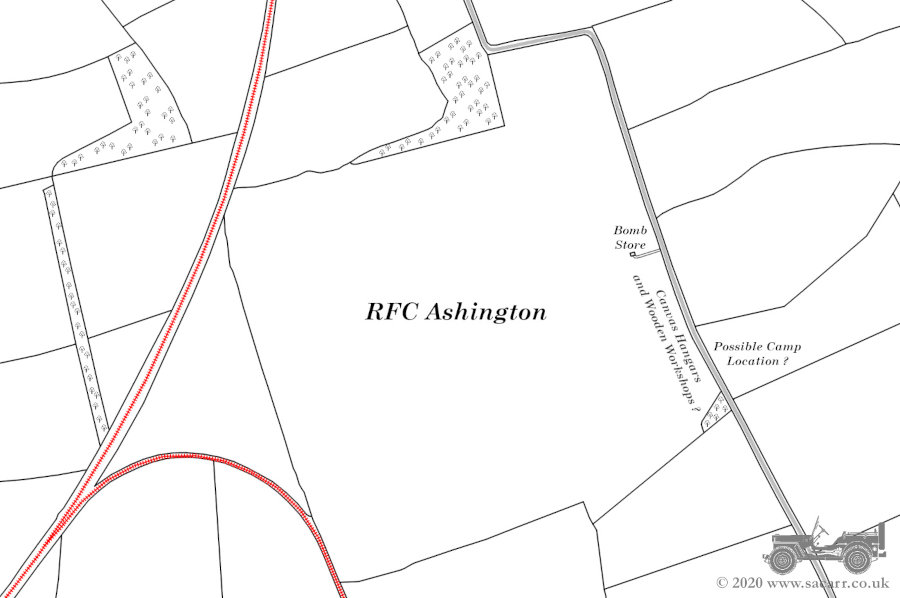
|
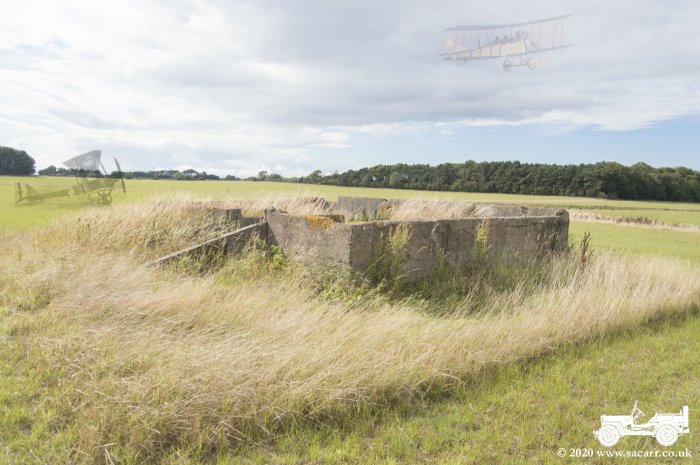
|
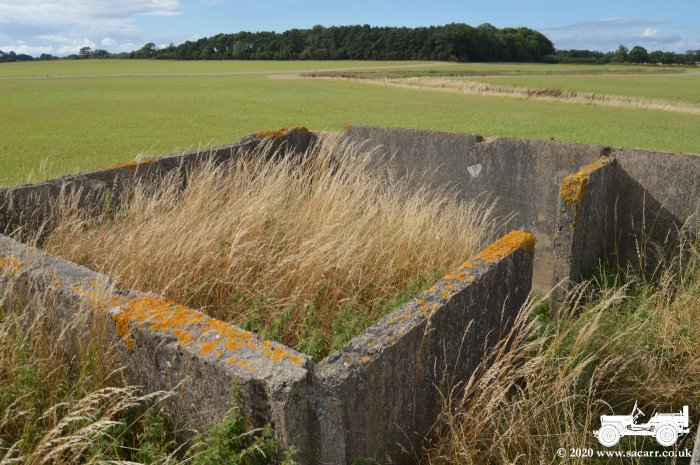
|
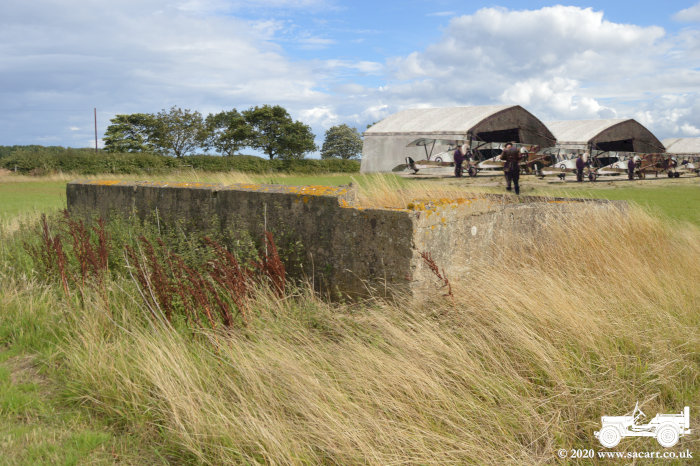
|
After leaving RFC Ashington, we headed towards Morpeth to shop for a barbeque that evening. While in the car park, we bumped into Derek and Andy who were doing the same thing!
We followed them back to camp after leaving the shop, catching a few pictures along the way.
A barbeque followed to finish off the evening.
|
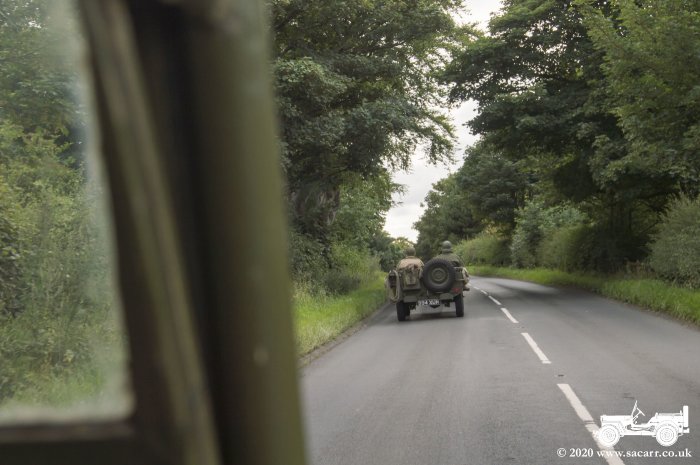
|
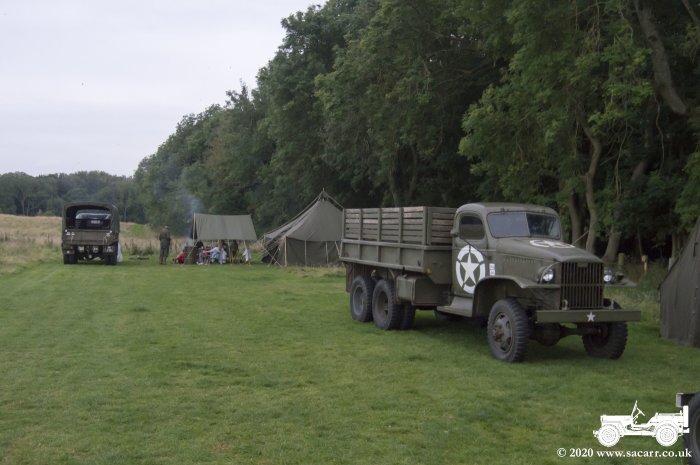
|
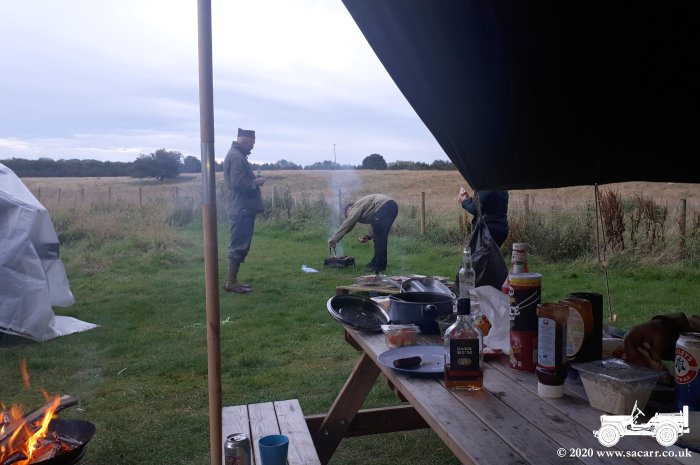
|
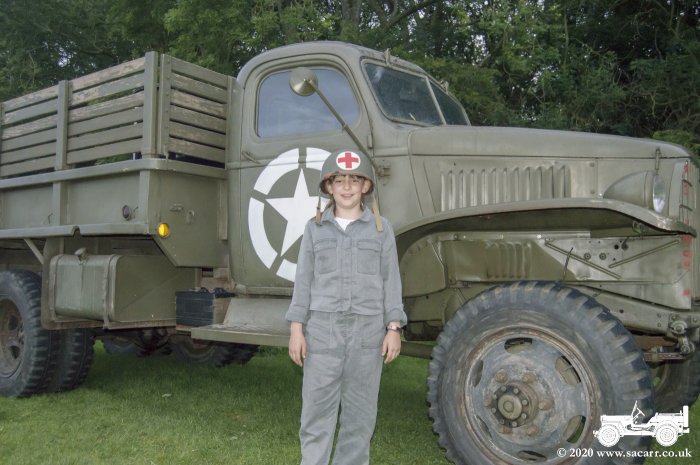
|
The following morning, before packing up, I went to explore another building on the edge of the WAAF site. It is marked on the site plan but not identified in the key. From the pipework inside, it may well have been a pump house. It does lie on a line between the water tower and the WAAF site.
|
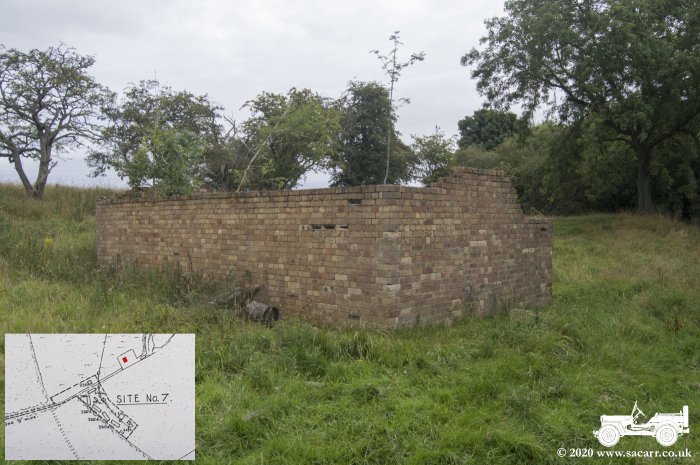
|
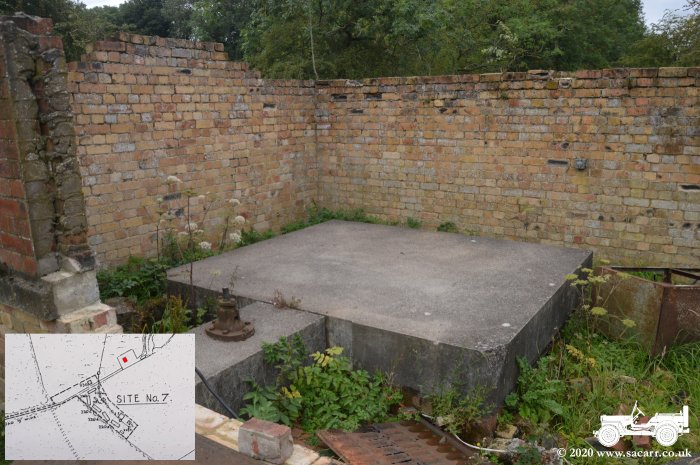
|
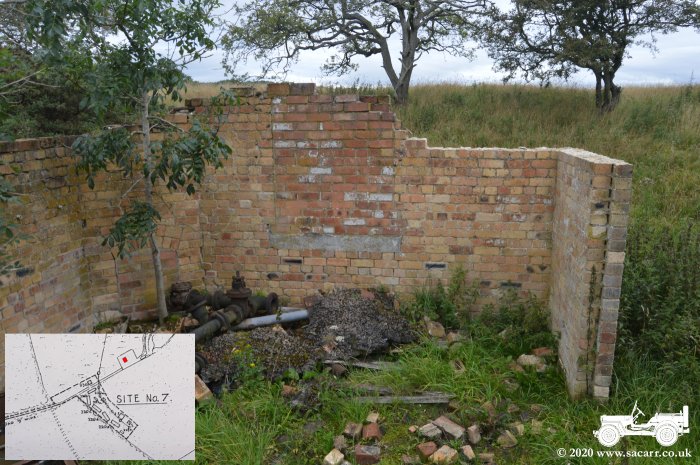
|
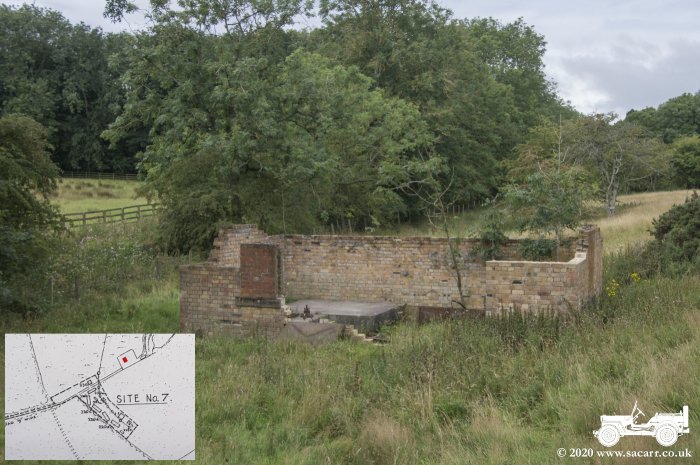
|